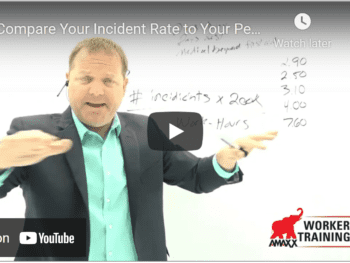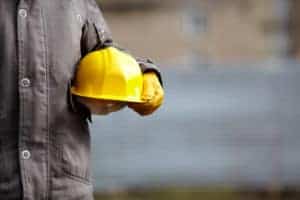A forklift is a prodigious piece of equipment, a technological innovation that can help workers steer clear of heavy lifting and dangerous conditions. However, despite its resourcefulness and efficiency, a forklift can be a dangerous piece of equipment. It is important to take preliminary action and precautionary measures when operating a forklift. One of the routines that should never be overlooked is an inspection before using any forklift. There are many components that need to be inspected and gauges that need to be verified before use. Doing so will enhance use and provide optimal safety settings for operation. Here is a quick list of what to inspect before using a forklift:
1) Inspect Oil, Electricity and Fuel Gauges
This is essential considering the proper amount of oil, battery power and fuel is needed to properly operate a forklift. If any gauges are reading low, installing a new battery or topping off oil and fuel may be needed. If this is done and there is no change, the forklift should be further inspected for any mechanical malfunctions. The worst thing that can happen is a gauge failing to read levels properly and the forklift subsequently malfunctions during use. This can be extremely dangerous.
2) Inspect Coolant Levels
Another important consideration to take is the amount of coolant in the reservoir and radiator. An overheating forklift can be exceptionally dangerous to any who use it. This is attested to a variety of reasons: first, the engine block can seize and as a result permanently damage the forklift. Second, the overheating manifold can smoke up and reduce visibility, causing drivers to not have adequate time to react to hazards. Finally, this can be a startling event leading to a crash which can cause injury or damage to the vehicle.
3) Inspect Lights and Horn
These are the primary warning devices for any forklift. A horn that malfunctions can lead to injury or accident by virtue of failing to alert anyone of a potential hazard. These hazards include a falling skid, a worker passing in the path of a forklift or another agent of calamity. Additionally, lights are another way to signal and gather the attention of anyone that needs to know of the forklift’s presence. A simple flicking on and off of the lights and test of the horn can be a huge difference maker.
4) Check The Steering System
This can be the most important thing to check. A failed steering system can lead to a catastrophic incident. It is essential to test the play of the wheel and ensure that the wheel turns at an appropriate angle and rate. This is can be exceptionally beneficial in narrow corridors where tight steering is required. It is also pertinent in scenarios that require heavy loading and lifting, where precision operation is required.
Following these basic tips can be the difference between life and death, injury and safety. Operating a forklift can be a wonderful experience, if the proper precautions are taken to ensure quality use. The most important measure that can be taken is proper inspection of essential utilities.
Tom Reddon is a Forklift Specialist and Blog Manager for National Forklift Exchange. He also sits on the MHEDA Executive Dialogue team. Connect with him via Twitter at @TomReddon.















